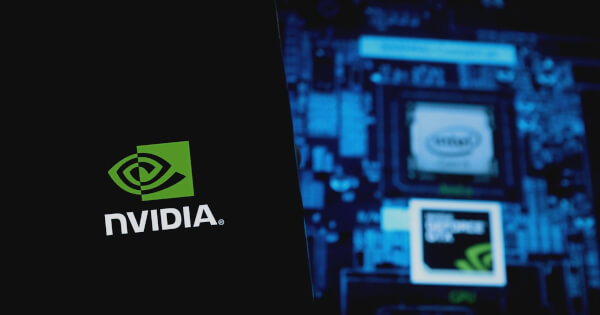In a recent blog post, NVIDIA’s AI Red Team has shed light on potential vulnerabilities in large language model (LLM) tokenizers and has provided strategies to mitigate these risks. Tokenizers, which convert input strings into token IDs for LLM processing, can be a critical point of failure if not properly secured, according to the NVIDIA Technical Blog.
Understanding the Vulnerability
Tokenizers are often reused across multiple models, and they are typically stored as plaintext files. This makes them accessible and modifiable by anyone with sufficient privileges. An attacker could alter the tokenizer’s .json configuration file to change how strings are mapped to token IDs, potentially creating discrepancies between user input and the model’s interpretation.
For instance, if an attacker modifies the mapping of the word “deny” to the token ID associated with “allow,” the resulting tokenized input could fundamentally change the meaning of the user’s prompt. This scenario exemplifies an encoding attack, where the model processes an altered version of the user’s intended input.
Attack Vectors and Exploitation
Tokenizers can be targeted through various attack vectors. One method involves placing a script in the Jupyter startup directory to modify the tokenizer before the pipeline initializes. Another approach could include altering tokenizer files during the container build process, facilitating a supply chain attack.
Additionally, attackers might exploit cache behaviors by directing the system to use a cache directory under their control, thereby injecting malicious configurations. These actions emphasize the need for runtime integrity verifications to complement static configuration checks.
Mitigation Strategies
To counter these threats, NVIDIA recommends several mitigation strategies. Strong versioning and auditing of tokenizers are crucial, especially when tokenizers are inherited as upstream dependencies. Implementing runtime integrity checks can help detect unauthorized modifications, ensuring that the tokenizer operates as intended.
Moreover, comprehensive logging practices can aid in forensic analysis by providing a clear record of input and output strings, helping to identify any anomalies resulting from tokenizer manipulation.
Conclusion
The security of LLM tokenizers is paramount to maintaining the integrity of AI applications. Malicious modifications to tokenizer configurations can lead to severe discrepancies between user intent and model interpretation, undermining the reliability of LLMs. By adopting robust security measures, including version control, auditing, and runtime verification, organizations can safeguard their AI systems against such vulnerabilities.
For more insights on AI security and to stay updated on the latest developments, consider exploring the upcoming NVIDIA Deep Learning Institute course on Adversarial Machine Learning.
Image source: Shutterstock









